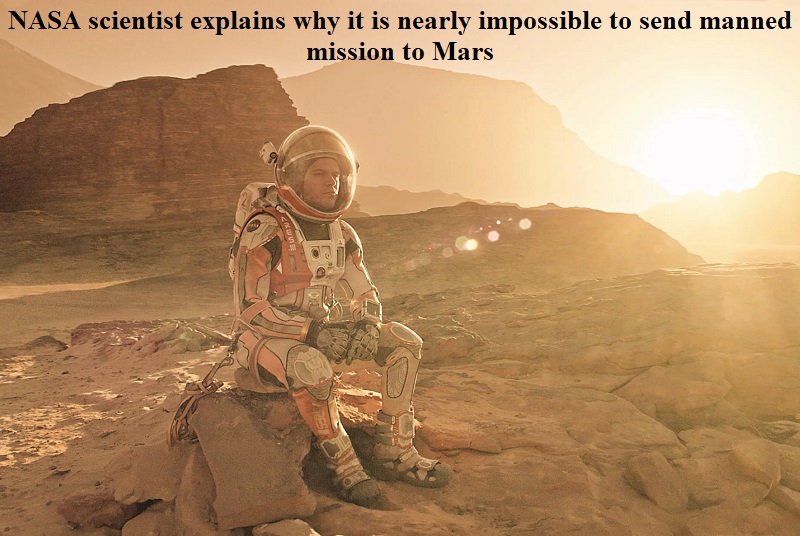
Mars serves as an ideal muse for the creation of narratives within the realm of science fiction. This planet is both familiar and extensively examined, yet it retains an air of uniqueness and remoteness that invites the cultivation of imaginative and extraordinary scenarios.
The film industry, particularly Hollywood, has birthed numerous science fiction cinematic works centered around human voyages to Mars. Among these, “The Martian” stands as a notable example, endeavoring to elucidate the challenges that humanity might encounter while embarking on exploratory missions to the crimson world. Regrettably, the film neglects to address a pivotal issue astronauts confront: space radiation, a formidable obstacle.
Recent triumphs, such as Chandrayaan-3’s successful moon landing, have ignited enthusiasm surrounding India’s forthcoming space missions. Chief among these aspirations is the pursuit of a manned expedition to Mars.
India’s own foray into Martian exploration began with the initiation of the Mars Orbiter Mission in 2013. Concurrently, NASA embarked on its Mars Exploration Program, dispatching the Perseverance rover, the diminutive robotic marvel Ingenuity, and associated delivery mechanisms. While a consortium of countries, India included, engages in various undertakings relating to the red planet, the monumental feat of transporting a human to Mars remains unrealized.
Enter Elon Musk, the visionary CEO of SpaceX, who boldly proclaims his intent to ferry a staggering one million individuals to Mars by 2050. However, a sobering perspective is offered by NASA scientist Dr. Michelle Thaller, who expounds that prevailing technological capabilities render safeguarding astronauts on their Martian odyssey an insurmountable challenge. The perils emanate from the lethal radiation emitted during solar flares and coronal mass ejections (CME), poised to exterminate humans long before they can reach their interplanetary destination.
Ordinary radiation pervades the expanse of space, but Earth’s protective ozone layer efficiently absorbs this energy. Nevertheless, the stakes escalate significantly when the Sun releases a torrent of solar flares or propels a CME across space.
Recent scientific revelations have discerned a correlation between the waning clouds of Neptune and heightened solar activity. Dr. Thaller underscores that if the Sun’s influence can extend to Neptune, the outermost celestial body in our solar system, then its effects can unquestionably affect spacecraft traversing the region between Earth and Mars. Exposure to such radiation can instigate radiation poisoning, diverse forms of cancer, degenerative ailments, genetic disorders, and even fatality.
NASA astronaut Stan Love bluntly asserts that the aspiration of establishing a human colony on Mars by 2050 remains implausible until the advent of revolutionary technologies capable of safeguarding us from the perils of deadly radiation.

Post Your Comments